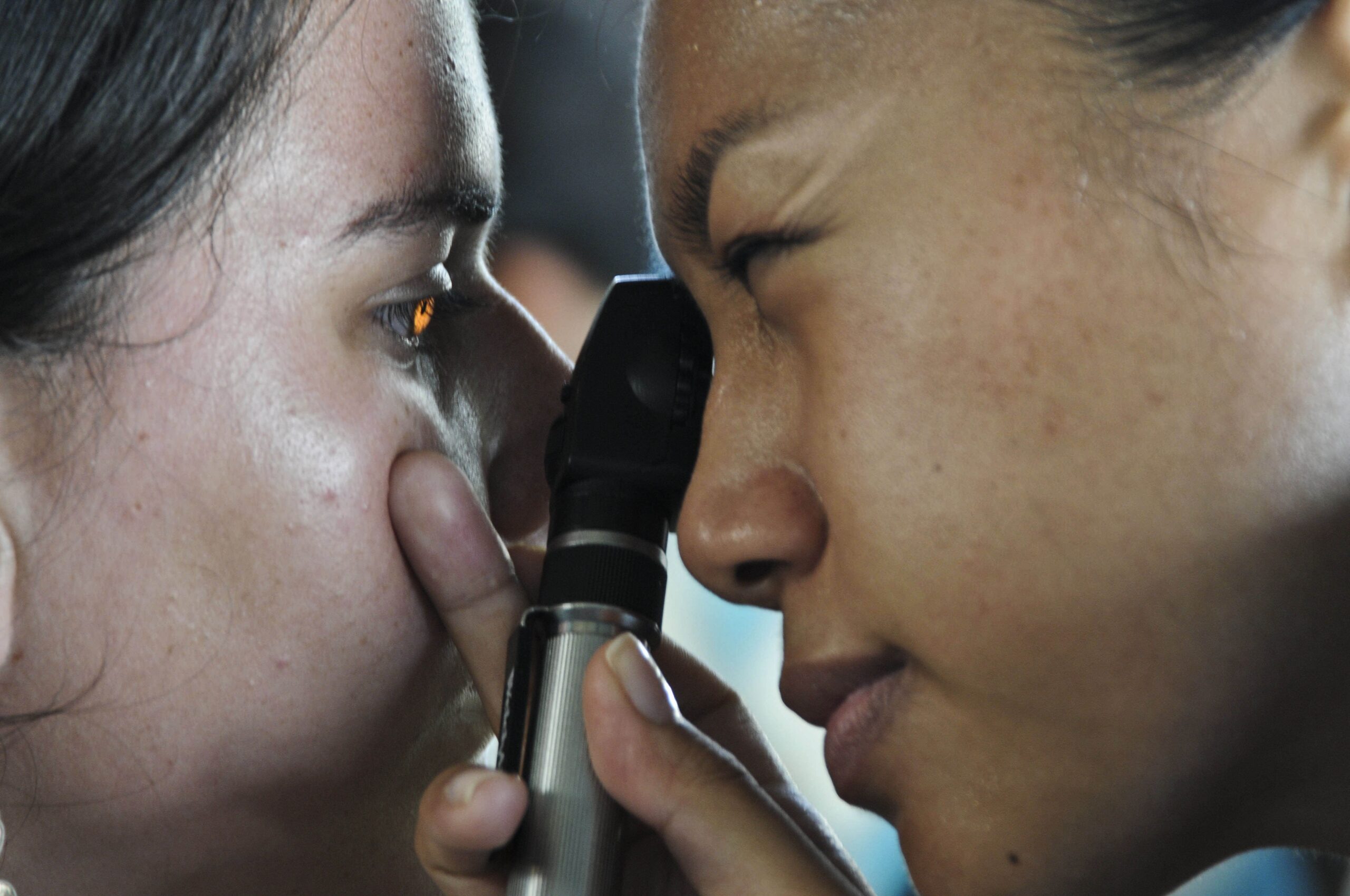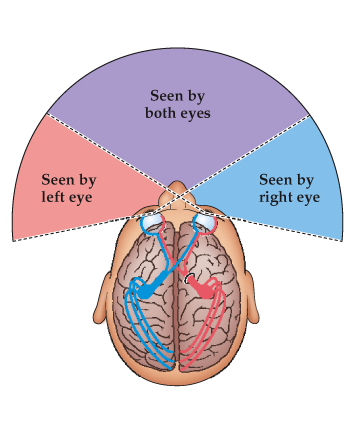3 Types of Eyesight Ailments That Affect Your Ability to Drive
There are endless medical problems that can affect your ability to drive safely – both temporary and permanent and in this article we focus on your vision.
There are endless medical problems that can affect your ability to drive safely – both temporary and permanent and in this article we focus on your vision.
Getting an eye test is vitally important for the health and safety of all motorists. Done timeously, eye tests help identify eye problems or prevent the further deterioration of any existing problems.
There are two types of eye tests – a vision screening and an eye exam.
AN EYE SCREENING:

An eye screening does NOT
It does however,
It is important to divulge any and all problems related to your eye health during the screening. Information such as family history, injuries and vision impairments go a long way towards assisting the professional during the screening.

An EYE EXAMINATION is a thorough assessment which involves examining all aspects of your vision and eye health. It takes much longer and is more comprehensive than an eye screening.
Eye examinations vary, however, commonly cover the following:
The results of an eye exam results in an individualized treatment plan. This may include prescription glasses, eye drops, eye exercises or surgery in the case of serious problems.
Having your eye tests regularly could keep you, your family and other motorists safe on the road. In keeping with COVID-19 regulations it is important to book an appointment with your optometrist before-hand to ensure you can be safely attended to.
A woman has the ability to note that the left toe-nail of another woman 10m away is in need of a trim and colour fill but has difficulty seeing the SUV she reversed into in the parking lot. You laugh but you know it’s true and although my comparison is wildly exaggerated its aim is to demonstrate the importance of good vision.
Let’ s face it. If you can’t see properly, you can’t drive safely, it’s simple
– Thembela Moyo
90% of the information motorists need is received through the eyes, therefore it stands to reason that good vision is a prerequisite for safe driving. There are different types of visual functionality necessary for driving, and should any of these be impaired your level of safety on the road becomes automatically compromised. These are:
COLOUR VISION helps you identify things like traffic signals, different coloured road signs, indicator and brake lights.
DEPTH PERCEPTION is the ability to see things in three dimensions (length, width and depth) and to judge the distance of various objects in relation to where you are.

VISUAL ACUITY gauges how clearly you can see and visual field is how wide of an area your eye can see when you focus on a central point.
VISUAL FIELD is how wide an area your eye can see when you focus on a central point.
PERIPHERAL VISION enables you to see things to your left or right such as the sides of your car, animals, cyclists and pedestrians without the need to glance away from the road.
NEAR VISION is the ability to quickly and effectively adjust your focus from something far away such as the bend in road ahead, to something near such as the information on your dashboard.

It is incredible that the above (and more) work together almost instantaneously and to a large extent are the determining factors used in making critical driving decisions. Asides driving distracted or under the influence of drugs or alcohol, other reasons which affect our ability to see properly include:
Nothing signals that we are aging quite like deteriorating eyesight which is one of the leading reasons most people avoid having their eyes tested. There is no shame in admitting that your vision isn’t quite what it used to be and thanks to modern technology, there are many corrective solutions for various eyesight deficiencies – which don’t involve thick unsightly glasses!

About the Author: Thembela Moyo
A woman has the ability to note that the left toe-nail of another woman 10m away is in need of a trim and colour fill but has difficulty seeing the SUV she reversed into in the parking lot. You laugh but you know it’s true.
90% of the information motorists need is received through the eyes, therefore it stands to reason that good vision is a prerequisite for safe driving.
Let’ s face it. If you can’t see properly, you can’t drive safely, it’s simple – Thembela Moyo
There are different types of visual functionality necessary for driving, and should any of these be impaired your level of safety on the road becomes automatically compromised. These are:
COLOUR VISION helps you identify things like traffic signals, different coloured road signs, indicator and brake lights.
DEPTH PERCEPTION is the ability to see things in three dimensions (length, width and depth) and to judge the distance of various objects in relation to where you are.
VISUAL ACUITY gauges how clearly you can see and visual field is how wide of an area your eye can see when you focus on a central point.
VISUAL FIELD is how wide an area your eye can see when you focus on a central point.
PERIPHERAL VISION enables you to see things to your left or right such as the sides of your car, animals, cyclists and pedestrians without the need to glance away from the road.
NEAR VISION is the ability to quickly and effectively adjust your focus from something far away such as the bend in road ahead, to something near such as the information on your dashboard.

It is incredible that the above (and more) work together almost instantaneously and to a large extent are the determining factors used in making critical driving decisions.
Asides driving distracted or under the influence of drugs or alcohol, other reasons which affect our ability to see properly include:

Nothing signals that we are aging quite like deteriorating eyesight which is one of the leading reasons most people avoid having their eyes tested. There is no shame in admitting that your vision isn’t quite what it used to be and thanks to modern technology, there are many corrective solutions for various eyesight deficiencies – which don’t involve thick unsightly glasses!
Please let me know how about your eyesight and driving experiences by leave a comment below and tagging @freshvisionopt on Instagram and hashtag #heelsandhorsepowermag

About the Author: Thembelo Moyo